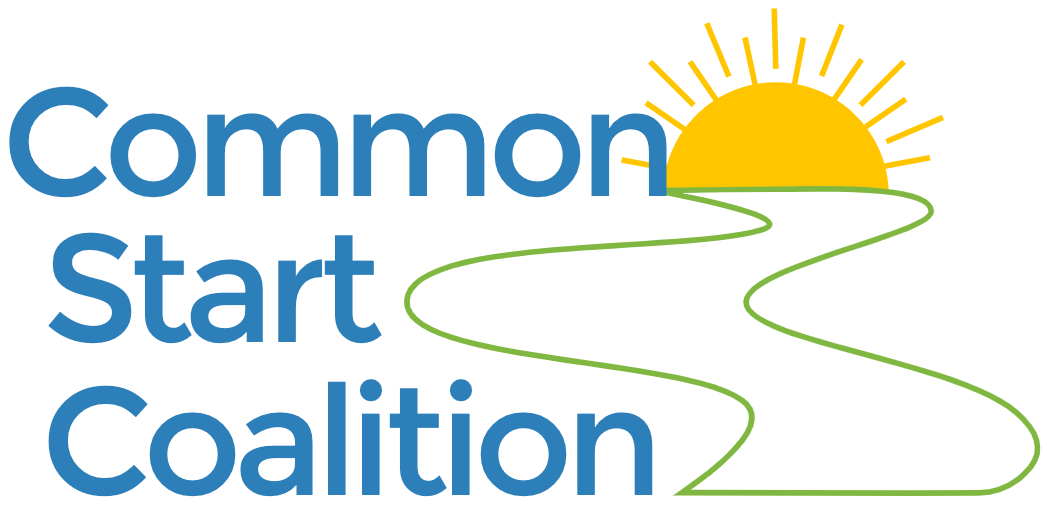Tania B. - Childcare Center Administrator
Please share your childcare story.
“My name is Tania Buck and I am the Director of Childcare Services at the Somerville YMCA. I have been in this field for 36 years in both Early childhood and school age/OST. I have worked for other YMCAs, including Cambridge. Boston, Metro North and I was a School Age Child Care Licensing specialist for EEC from 1994-1998. I have also worked for well-known Boston wide advocacy agencies such as Parents United for Child Care/BOSTnet and other large providers of care. I am also an endorser for the Child and Youth Development Accreditation for afterschool and Out-of-school time programs at the Council On Accreditation.
We all know the major issues with the early education and afterschool field, it is systemically broken. There are:
o Staffing-recruitment and retention issues.
o Limited Access for children and families.
o No parity or equity with the K-12 system and educators
I am going to focus my testimony on the staffing and funding issues:
The staffing crisis has been a problem for years but has reached beyond the tipping point during the pandemic. Here at the Somerville Y-we have experienced more than 50% turnover of child care staff due to many different reasons:
1. staff being afraid to stay in the field when the pandemic first took hold. This was due to their own physical comorbidity reasons or the potential effect on family members that were vulnerable.
2. For those staff that stayed the number one reason for leaving is BURNOUT! Staff who themselves had contacted COVID, or having to deal with the constant fear of being a close contact; waiting to become eligible to receive the vaccination; coming on board as a staff member who was part time and then having no choice but to become full time due to regulatory policies and the lack of schools returning to in-person models here in Somerville. Remote learning was incredibly tough on OST staff that were expected to become classroom teachers in a classroom of 10 children who in many cases had 10 different teachers and 10 different schedules and different schools. No understanding how we as a Y could offer a remote learning center located in a school but the teachers were not?. These folks did not have a break in for 14 months (June 2020-September 2021) Directors Having to constantly PIVOT with changes to state policies and procedures, changes in CDC guidance, etc. This pressure led to staff experiencing mental health issues as well as substance abuse issues causing them to have to leave the field.
So what are some solutions?
We have to professionalize the field, reach parity and equity with the k-12 systems, recruit and retain staff as a system not as individual programs, and serve the increasing behavioral and mental health needs of the children in our care.
We need higher pay and access to better benefits to create a field that is seen as professionalized. In respect to benefits Individual providers cannot for the most part do this on their own. Could we create a way for providers to access the state or their local municipality benefit packages?
To help with this, we suggest:
A base funding formula for early education and afterschool programs/classrooms that also includes money for administration and management which it currently does not. This is similar to the ARPA stabilization grants that we began receiving in July and are now hopefully going to be continued through FY 22.
This funding would be provided by the state in addition to the subsidies that come with low-income children
Parents who do not qualify for subsidies would still pay a private pay amount, but this will be lower because of the state base funding. We cannot rely on the moderate income private paying families to foot the high cost of child care. We are losing our pre-K families to fully funded pre-K programs within the school systems. This delivery system does not work for all working families who may need full day care in order to work.
Add on rates for programs serving more subsidized children and/or for programs operating in lower income areas
Additional add on for programs that need social services and mental health staff.
Higher reimbursement rate for vouchers and contracts.
• A Minimum of 10%-15% increase until the crisis is controlled
Pay the subsidy programs for administering contracts and vouchers. This is currently not done
Provide loan reimbursement and educational benefits to educators at any state college not just for associates degrees. Include Master Degree programs as well.
Provide enough funding for providers to have substitute teachers to be full time and/or provide funding for a sub pool.
These are just a few solutions to the many issues facing the field.”
